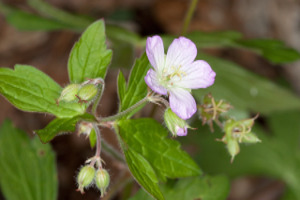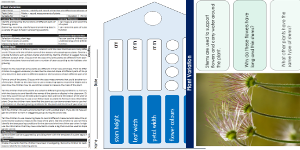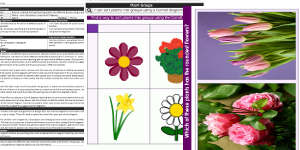Plant Life

This science scheme of work for Key Stage Two gets the children to identify and describe the common parts found on all plants and explain how plants can be used for different functions including food, shelter and clothing. The class can illustrate and record similarities and differences between different types of plants.

Identify and describe the common parts found on all plants and explain how plants can be used for different functions including food, shelter and clothing

Lesson One : Plant Parts
Identify, define and learn the meaning of some vocabulary words that can be used to name and describe different parts of a flowering plant

Lesson Two : Plant Variation
Identify and record some of the special similarities and differences that can be observed and recorded between a range of different flowering plants

Lesson Three : Plant Groups
Practise sorting and organising a range of flowering plants into some different groups using a matching selection of special criteria

Lesson Four : Plant Functions
Investigate, explain and record how some different plants can be used to perform and complete a range of matching functions

Lesson Five : Plants for Food
Identify, compare and describe some of the special plants that can provide different types of foods for a range of family meals

Lesson Six : Plants for Shelter
Explore how to test and record some of the special ways of building a protective shelter using different parts of a flowering plant

Lesson Seven : Plants for Clothing
Practise writing a set of instructions for someone to follow about how to use some cotton plants to make different types of clothing
-

Ancient Egyptian Pyramids
Explore how and why the Ancient Egyptians constructed and used different pyramids and tombs to reflect their beliefs about the afterlife
-

Earthquakes
Investigate and record some of the different causes and effects of earthquakes on locations around the world
-

Shape Locations
Explain and model how to record and change the co-ordinate positions of some different geometric shapes using translation and reflection movements in the first quadrant.
-

Shape Symmetry
Explore, record and compare the matching lines of symmetry that can be found in a range of different geometric shapes as part of their individual properties
